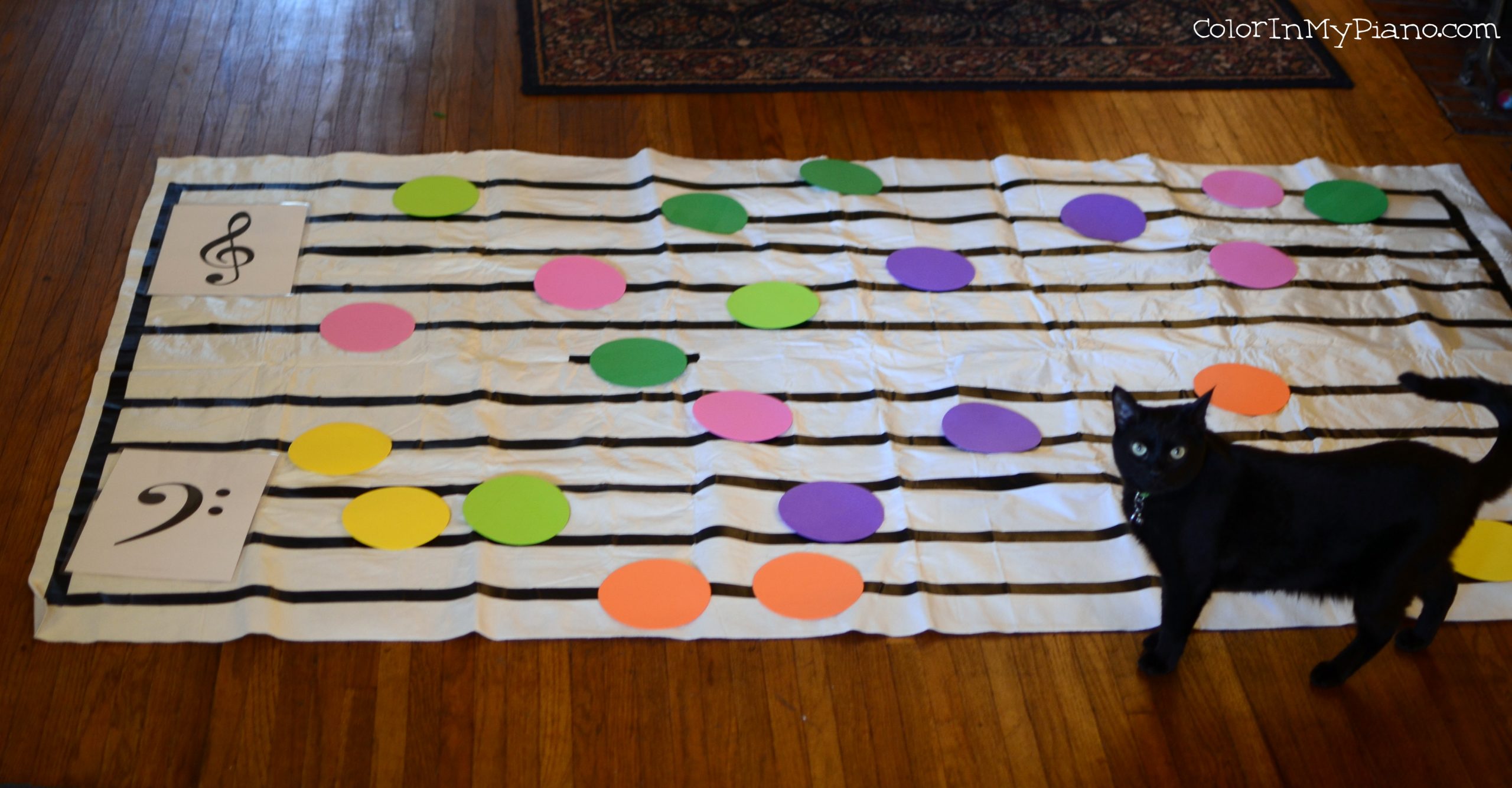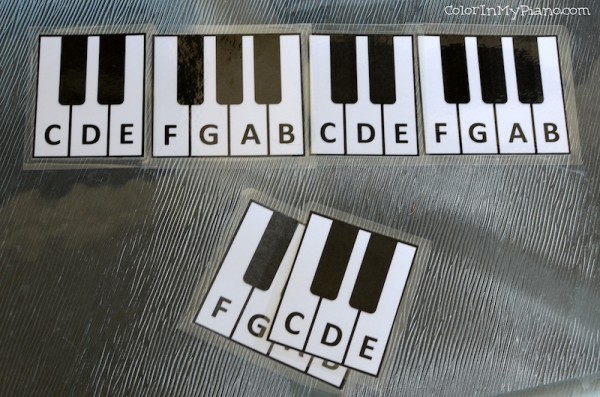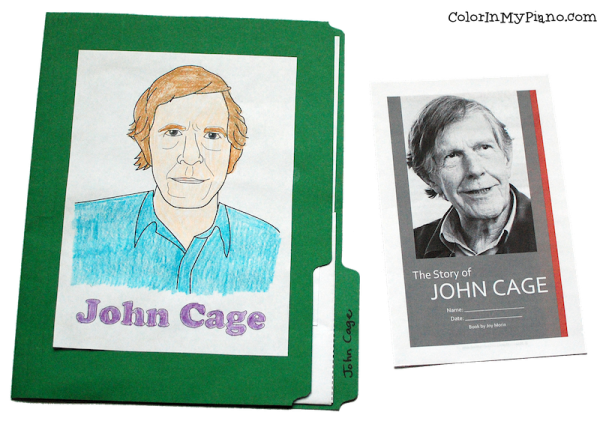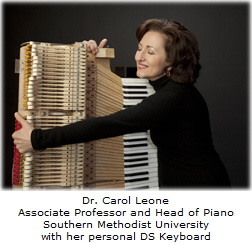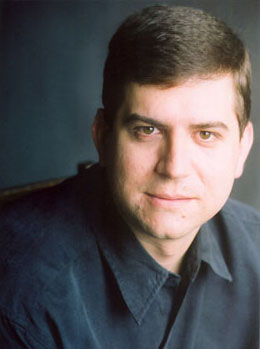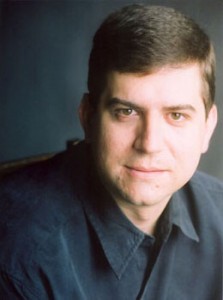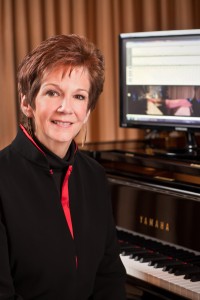Remember last February when I created this DIY floor staff? I thought I’d share a little activity that shows how I used it recently with my Piano Readiness Class.
(Don’t mind my cat, Coda, who totally photo-bombed this photo. 🙂
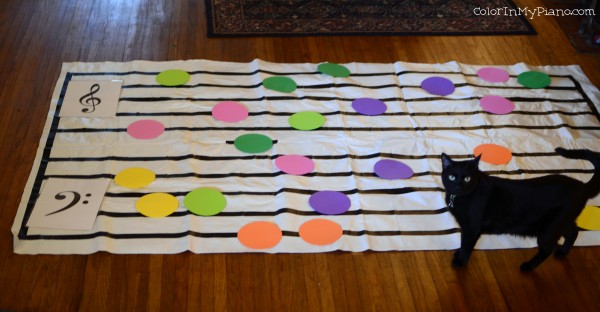 The two students I was working with have already learned to identify high and low sounds when we sing or listen to music, and can recognize the treble and bass clef symbols. I showed them the floor staff (which they were totally excited about), and asked them to count the number lines and spaces with me. I demonstrated that notes can either be line notes or space notes. Then, I put the treble clef and bass clef on the floor staff, for high and low sounds.
The two students I was working with have already learned to identify high and low sounds when we sing or listen to music, and can recognize the treble and bass clef symbols. I showed them the floor staff (which they were totally excited about), and asked them to count the number lines and spaces with me. I demonstrated that notes can either be line notes or space notes. Then, I put the treble clef and bass clef on the floor staff, for high and low sounds.
After that introduction, I handed each student a foam disc (you can find these in the craft section at many stores) and gave them two directions: (1) line or space note, and (2) high or low note. After placing notes on the staff in this way for a while, they realized there were also “middle” notes, so we started doing that too. Then we started doing it backwards: I asked them to put a note anywhere they wanted, and to tell me whether it was a line/space note and whether it was high/middle/low.
This turned out to be a fun little activity for introducing the staff to a couple of four-year-olds! The next step will be to associate the alphabet names to the lines and spaces. 🙂


